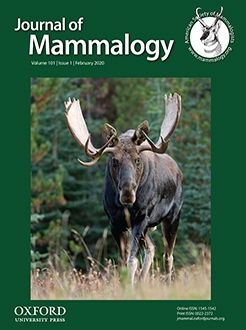The consumption of fruits and floral resources, as core or complementary food items, occurs in 75% of phyllostomid species. If phylogenetically related bat species have similar plant species in their diets, then it is expected that vegetal resources composition influences the phylogenetic structure of phyllostomid assemblages. We ask here if the phylogenetic structure of phyllostomid assemblages is associated with vegetation structure and resources. Our results showed that proportions of plant sources consumed by phyllostomids in the Pantanal wetland have phylogenetic signal, and that variation of the available vegetal resources influences the phylogenetic structure of phyllostomid assemblages. Considering the availability of their principal food resources, the two major phyllostomid clades (Phyllostominae and Stenodermatinae) responded in opposite ways to the vegetal resources gradient, formed by plant species with distinct adaptations to inundation. Our results indicate that the use of different habitats based on variation of vegetal resources is the main driver of phylogenetic structure of phyllostomid assemblages in the Pantanal wetland.
How to translate text using browser tools
28 December 2019
Vegetal resources drive phylogenetic structure of phyllostomid bat assemblages in a Neotropical wetland
Maurício Silveira,
Walfrido Moraes Tomas,
Clarissa de Araújo Martins,
Erich Fischer
ACCESS THE FULL ARTICLE

Journal of Mammalogy
Vol. 101 • No. 1
February 2020
Vol. 101 • No. 1
February 2020
aspect ratio
frugivory
insectivory
nectarivory
Pantanal
Phylogenetic signal
wing load





